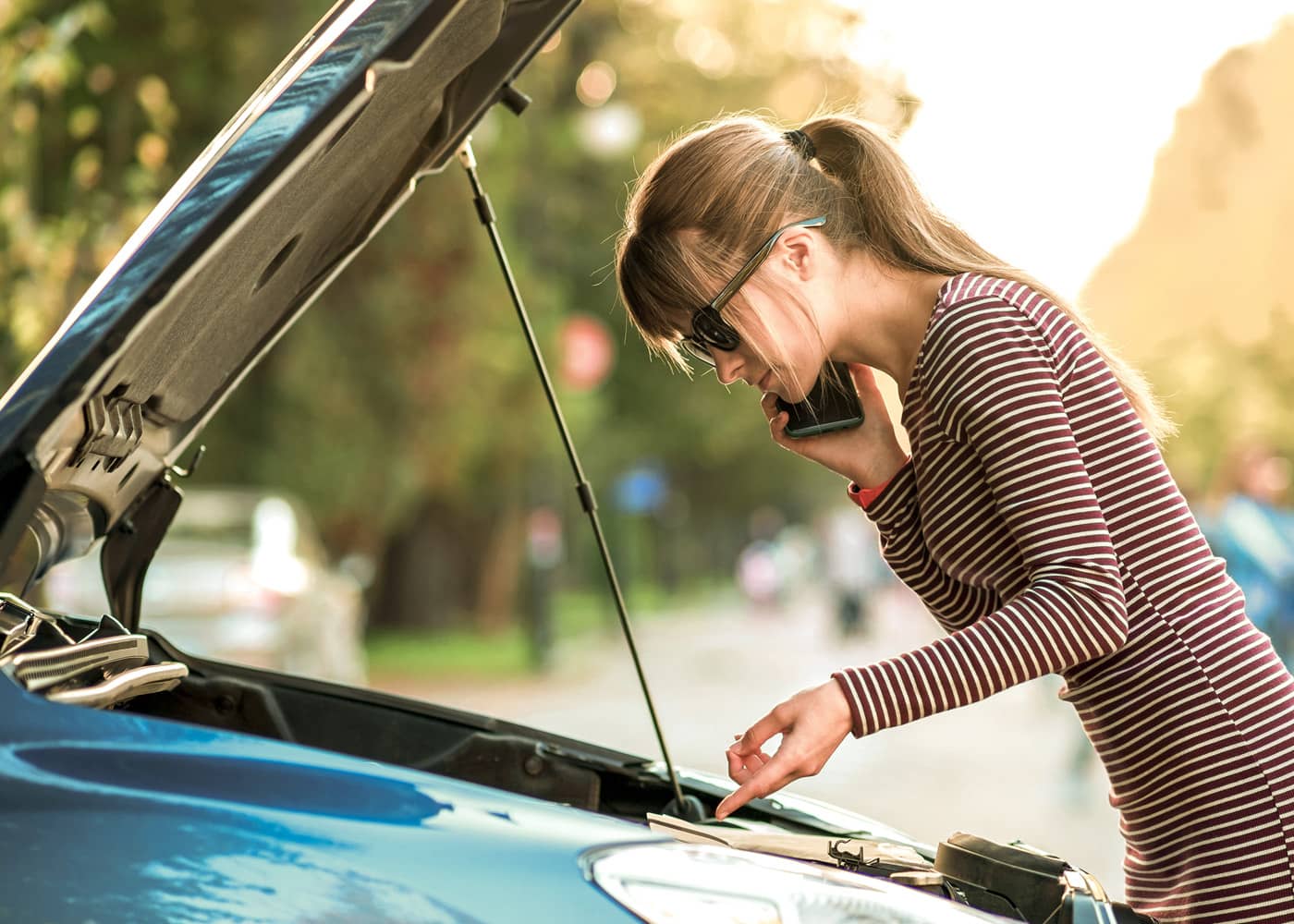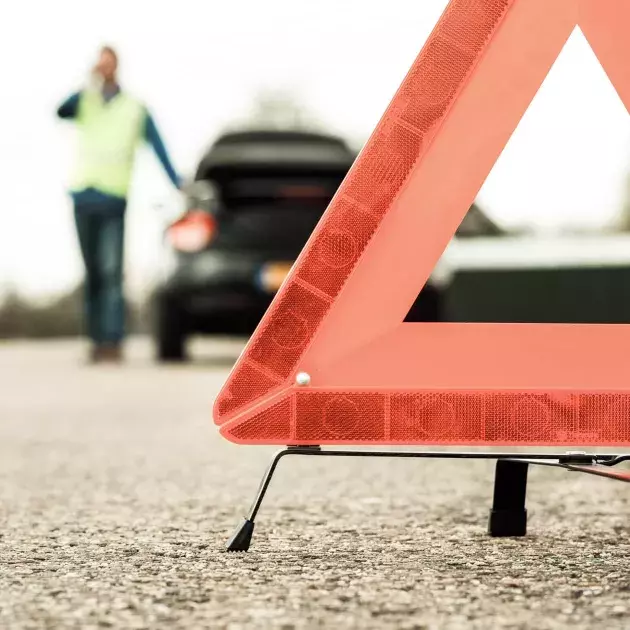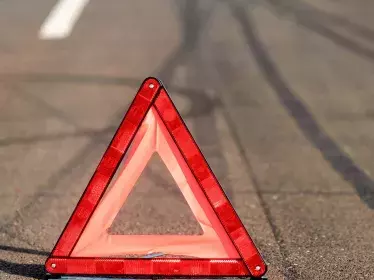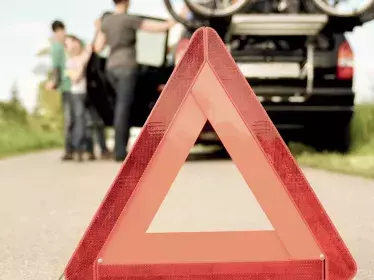Your vehicle is behaving in an unusual manner, refusing to start or continue its journey. Here’s how to deal with a breakdown: identify the possible problem from the lights on the dashboard, stay calm and seek help from a mechanic or repair person.
Has an orange light come on?
This means you can continue your journey. Go to a garage quickly or go directly to your mechanic. If the warning relates to an essential element (engine, brake) continue carefully, driving at a low speed. A light appearing on the dashboard can sometimes be a reminder to top up your fluids (windscreen washer, engine oil, coolant, AdBlue additive). If you need to top up your oil, refer to the owner’s manual for your vehicle to check the lubricant specification. For windscreen washer fluid, use a liquid that is suited to the season (antifreeze in winter and anti-insect fluid in summer). Don’t use the wrong spout and wait a little while for the engine to cool down before working on anything under the bonnet. If you decide to do a job yourself, consider having your repair checked by a professional. There are sometimes required checks and procedures to carry out in order to cancel alerts on the dashboard.
Has a red light come on?
This alerts you to a serious problem. You must stop your vehicle immediately (and safely) because there is a real risk of an accident or serious incident. Pull over and get help quickly. If your car stops or slows down in traffic, make sure you are safe and minimise any inconvenience to other road users. Turn on your hazard lights and set up your warning triangle at a distance of 30 m (100 m on motorways) to warn other drivers of the danger. If necessary, wave to slow down traffic if the situation is dangerous, but make sure you don’t put yourself at any unnecessary risk. Do not remain in your vehicle if you are stopped on a hard shoulder or in a lane of traffic. Do not attempt to repair your car yourself on the motorway. When exiting the vehicle, remember to wear your safety vest (mandatory). If there is smoke or flames: evacuate the vehicle as soon as possible, taking your fire extinguisher with you. Move away from the vehicle. Do not attempt anything (most importantly, do not open the bonnet) and only use the fire extinguisher to try and reduce the fire if a life is in danger.
Has your vehicle completely stopped?
If you are on the roadside, call for roadside assistance. Some manufacturers offer free assistance for a new car during the warranty period. There are also specialist insurance policies. Make sure you always keep their number in your mobile. Belgium no longer has orange SOS stations on the side of the motorway. If you do break down while driving on the motorway, you will need to call 101 or use a specific app (Edwige in the Walloon Region). In Europe, it is possible to call for help on the universal number 112 and, in some countries, there are emergency call boxes. Never leave your vehicle on the roadside without wearing your safety vest.

Need a professional?
In other instances, if the vehicle can still be moved and the issue requires a professional to work on it, you can make an appointment with your garage and carefully drive there.




